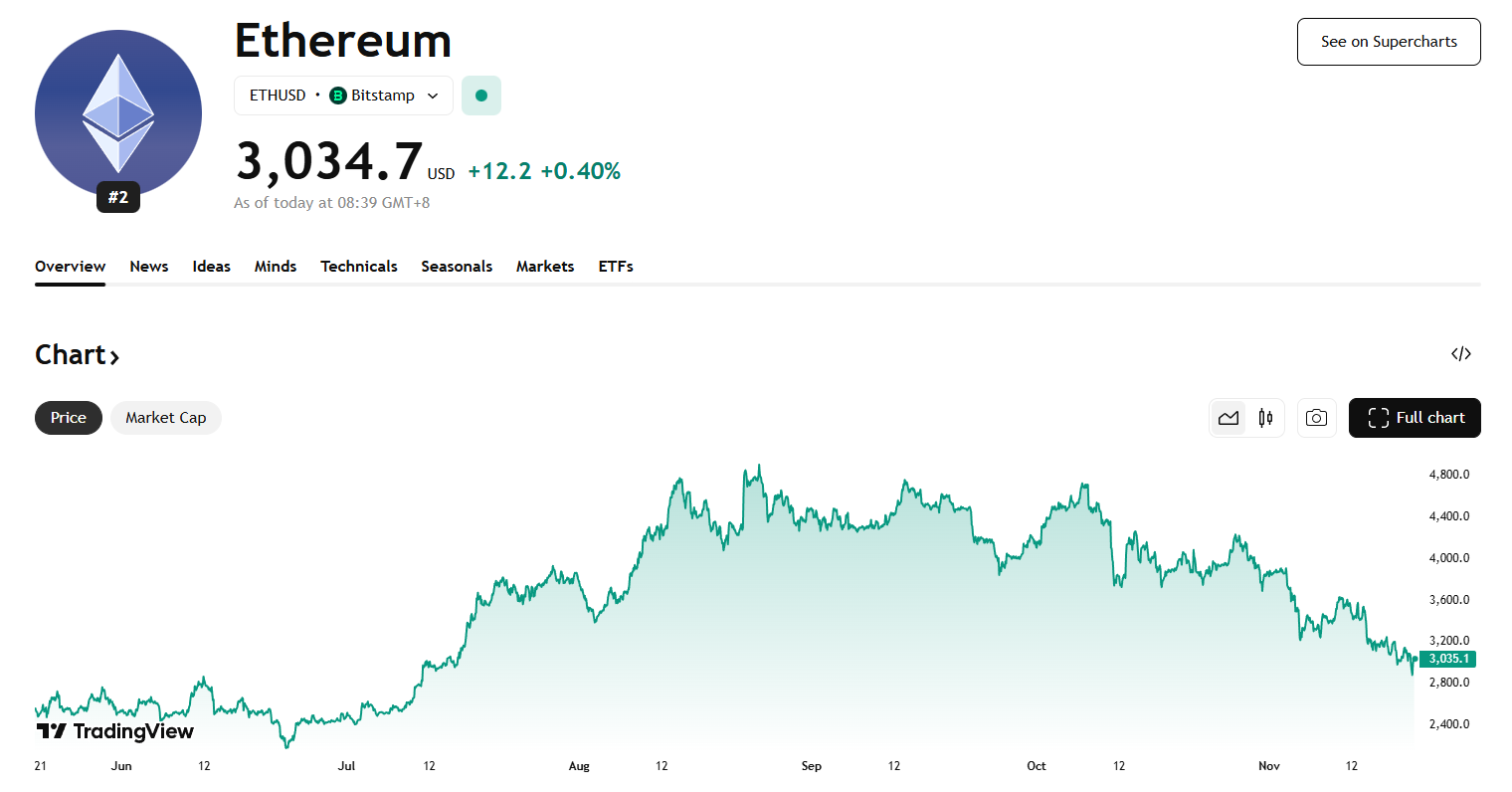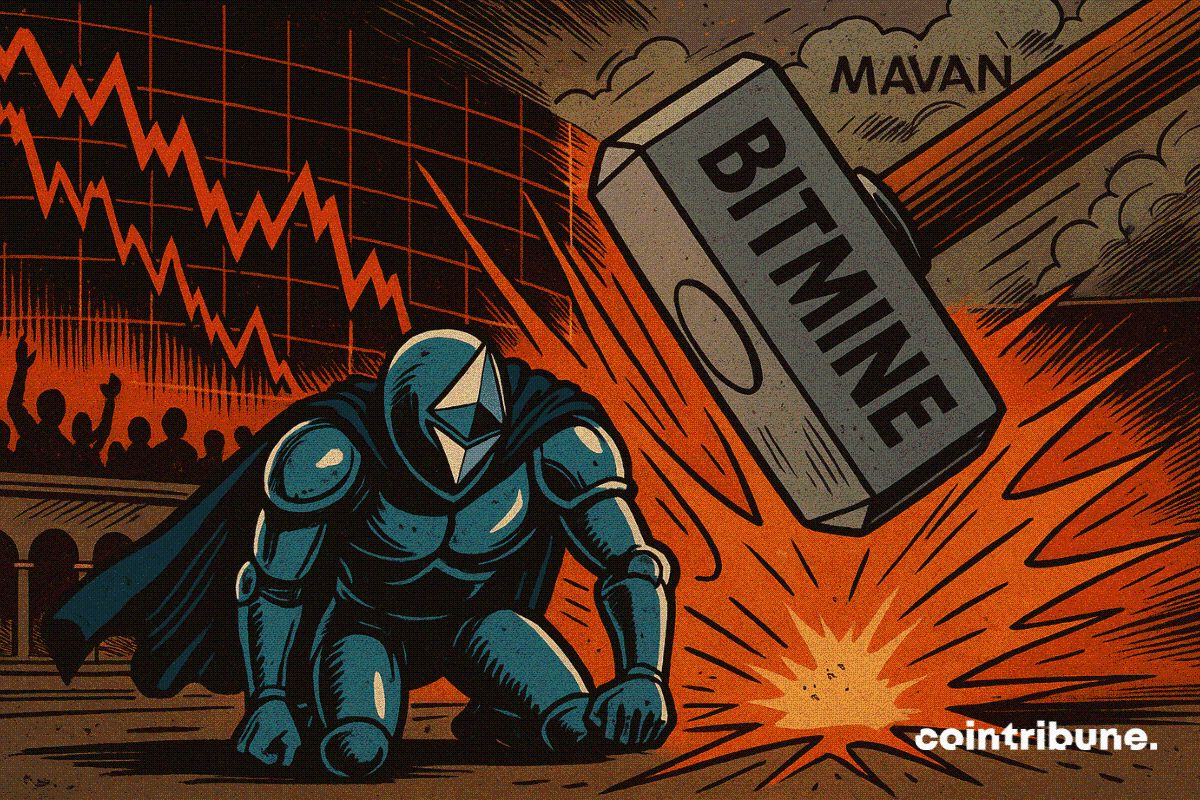25% of public bitcoin treasury companies are worth less than their reserves
- Treasury companies trade below bitcoin value
- Strategy reduces pace of BTC purchases
- CME premiums indicate a more balanced market
Um K33 report pointed out that approximately 25% of public companies with Bitcoin treasuries are trading on exchanges with a market value lower than their own BTC reserves. This phenomenon limits the ability to raise capital through share issuance, as selling shares at prices below net asset value results in dilution for shareholders.
Vetle Lunde, head of research at K33, explained that:
“When companies trade below NAV, issuing shares becomes dilutive because it gives away more ownership (through undervalued shares) than the value they receive in return (BTC).”
The situation mainly affects smaller companies, which have lost the opportunity to raise additional resources and continue expanding their reserves.
One of the most notable cases is NAKA, the vehicle resulting from the merger between KindlyMD and Nakamoto Holdings, which has seen a 96% drop in market value since its peak. Its mNAV multiple plummeted from 75 to 0,7. Other companies such as Tether-backed Twenty One, Semler Scientific, and The Smarter Web Company are also below the 1 threshold on the index.
Overall, the average multiple among listed companies fell to 2,8, down from 3,76 in April. The difference, however, is driven by large corporations, which still maintain significant premiums. Michael Saylor's Strategy (MSTR) also felt the pressure: its multiple fell to 1,26, the lowest since March 2024, reducing its ability to raise capital for new bitcoin purchases.
The pace of corporate acquisitions fell to an average of 1.428 BTC per day in September, the lowest level since May. Lunde emphasized that the decline is rational, as companies that function solely as accumulation vehicles should not trade at a premium, given the additional management and capital structure costs.
In derivatives, CME Bitcoin futures contracts returned to trading at moderate premiums relative to offshore markets. This movement is seen as a sign of greater balance, with institutional flows bringing CME prices closer to the spot market. Even so, high financing rates and strong interest in long positions indicate that leverage remains present, maintaining the risk of pressure on overexposed investors.
Disclaimer: The content of this article solely reflects the author's opinion and does not represent the platform in any capacity. This article is not intended to serve as a reference for making investment decisions.
You may also like
Hotcoin Research | Fusaka Upgrade Approaching: Analysis and Outlook on Ethereum Long and Short Positions
This article will review Ethereum's recent performance, provide an in-depth analysis of the current bullish and bearish factors facing Ethereum, and look ahead to its prospects and trends for the end of this year, next year, and the medium to long term. The aim is to help ordinary investors clarify uncertainties, grasp trends, and provide some reference to support more rational decision-making during key turning points.

Crypto Market Surges as Bitcoin Rebounds and Privacy Coins Shine
In Brief Bitcoin rebounded over the weekend, testing the $86,000 mark. Privacy-focused altcoins Monero and Zcash showed notable gains. Total market value surged, crossing the $3 trillion threshold again.

Crypto Markets Rebound as Traders Signal Seller Fatigue
In Brief Crypto markets rebounded amid significant liquidations and oversold RSI signals. Weekend trading conditions with thin liquidity influenced rapid price shifts. The rebound's sustainability remains uncertain, prompting scrutinous investor attention.

Cardano : Network security questioned after a major incident

